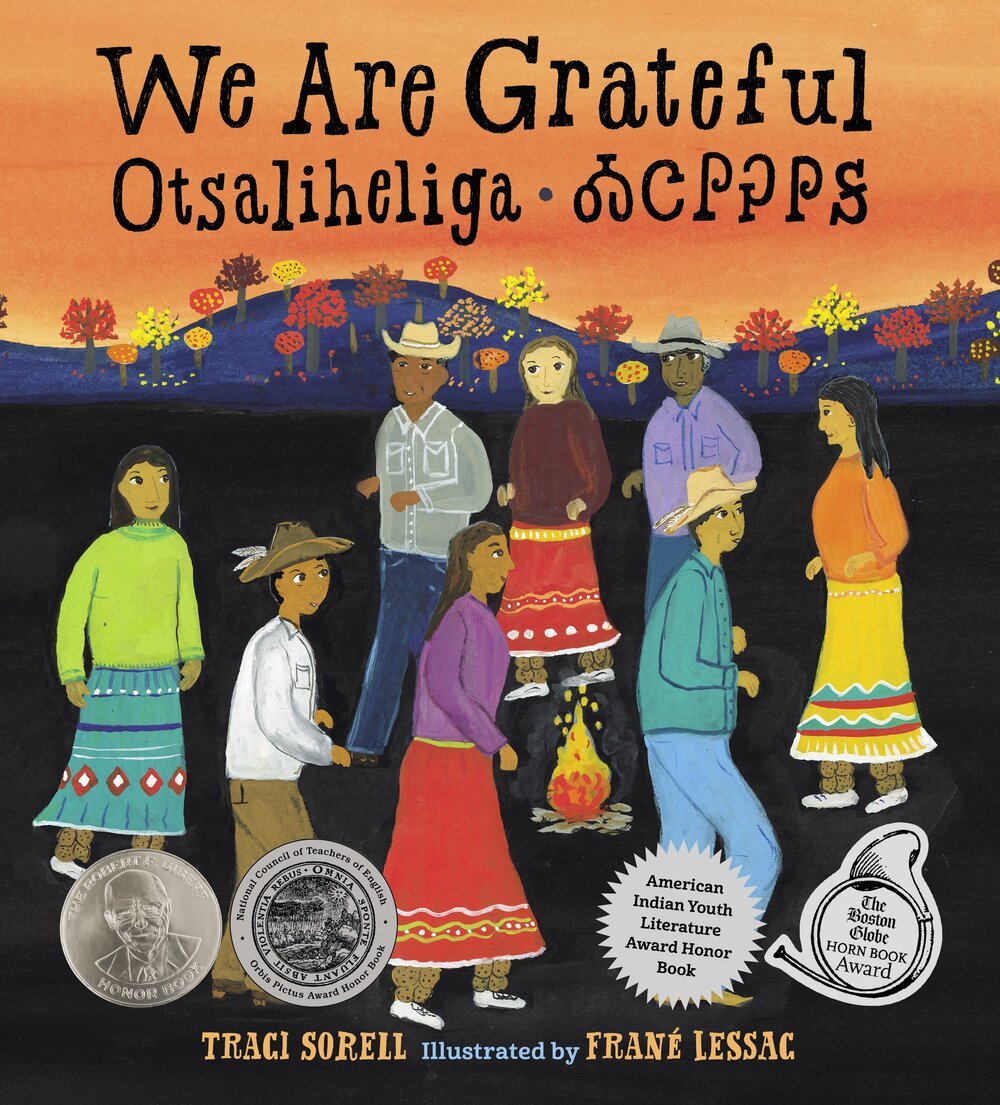As COVID-19 deaths spiked in 2020, Suzanne Firstenberg’s public art installation "In America: How could this happen…"
History Explorer Results (92)
Related Books (10)

Grade Range:
K-12
Resource Type(s):
Artifacts, Primary Sources
Date Posted:
8/11/2009
Cast-iron toys are essentially American. Small foundries and factories were mass-producing them towards the close of the 19th century. These toys were sold in novelty stores, department stores, or mail order catalogs. One can follow along with shifts in technology by recognizing the changes in th

Grade Range:
5-12
Resource Type(s):
Artifacts, Primary Sources
Date Posted:
6/11/2009
This is the fourth object in the Roosevelt/Saint-Gaudens object group.
Someone once observed that a giraffe was a horse designed by a committee. The same might be said of this coin: what had seemed a good idea around a table in the boardroom proved to be a

Grade Range:
K-12
Resource Type(s):
Artifacts, Primary Sources
Date Posted:
6/10/2009
Called upon by the British government to help fight the French in Canada in 1689, Massachusetts authorities were hard-put to comply, because official money was unavailable. The Hull/Sanderson mint, which had created Pine Tree Shillings and other coins, had been closed on Crown orders years before

Grade Range:
4-12
Resource Type(s):
Reference Materials, Primary Sources
Date Posted:
5/27/2009
Students will learn how commerce on the Great Lakes, canals and rivers played an important role in the development of the country in this section of On the Water: Stories from Maritime America, an online exhibition. The country's vast system of rivers and lakes has helped

Grade Range:
K-12
Resource Type(s):
Artifacts, Primary Sources
Date Posted:
3/12/2009
Kermit, a hand and rod puppet created in 1955 by Jim Henson, belongs to America's beloved puppet troupe, The Muppets. Kermit has served as master of ceremonies, comic, and crusader for tolerance in Henson's many creative endeavors. His most memorable role was as the leading Muppet character on

Grade Range:
K-2
Resource Type(s):
Lessons & Activities
Duration:
60
minutes
Date Posted:
11/19/2008
What do museums do? In this classroom activity, students will recognize the Smithsonian Institution and be able to explain what a museum does. This is accomplished through the use of discussion questions and activities in which they relate stories from prior museum visits or share ideas for a mus

Grade Range:
K-2
Resource Type(s):
Lessons & Activities
Duration:
20
minutes
Date Posted:
11/19/2008
Just how big is the Star-Spangled Banner? In this classroom activity, students will visualize the area of the famous flag by measuring pieces of string and attaching them to create an outline of the Star-Spangled Banner. This activity is included in the online exhibition entitled The

Grade Range:
K-12
Resource Type(s):
Artifacts, Primary Sources
Date Posted:
11/14/2008
Laying the groundwork for the Chicano movement of the 1960s, organizations like the American G.I. Forum began advocating on behalf of Hispanic veterans who were denied the educational, health care, housing, and other rights guaranteed by the G.I. Bill. Often working in concert with the League of

Grade Range:
K-12
Resource Type(s):
Artifacts, Primary Sources
Date Posted:
11/13/2008
This cloth banner celebrates the electoral victory of Thomas Jefferson over John Adams in the presidential election of 1800. The banner is believed to be one of the earliest surviving textiles carrying partisan imagery, created at the dawn of the first American party system in which power passed

Grade Range:
K-12
Resource Type(s):
Artifacts, Primary Sources
Date Posted:
11/5/2008
Once a new national government had been established under a new Constitution, attention naturally turned to ways of proclaiming national identity. A new, national coinage was one way of doing so, especially if it featured patriotic new images, rather than the endless sequence of crowned monarchs



















